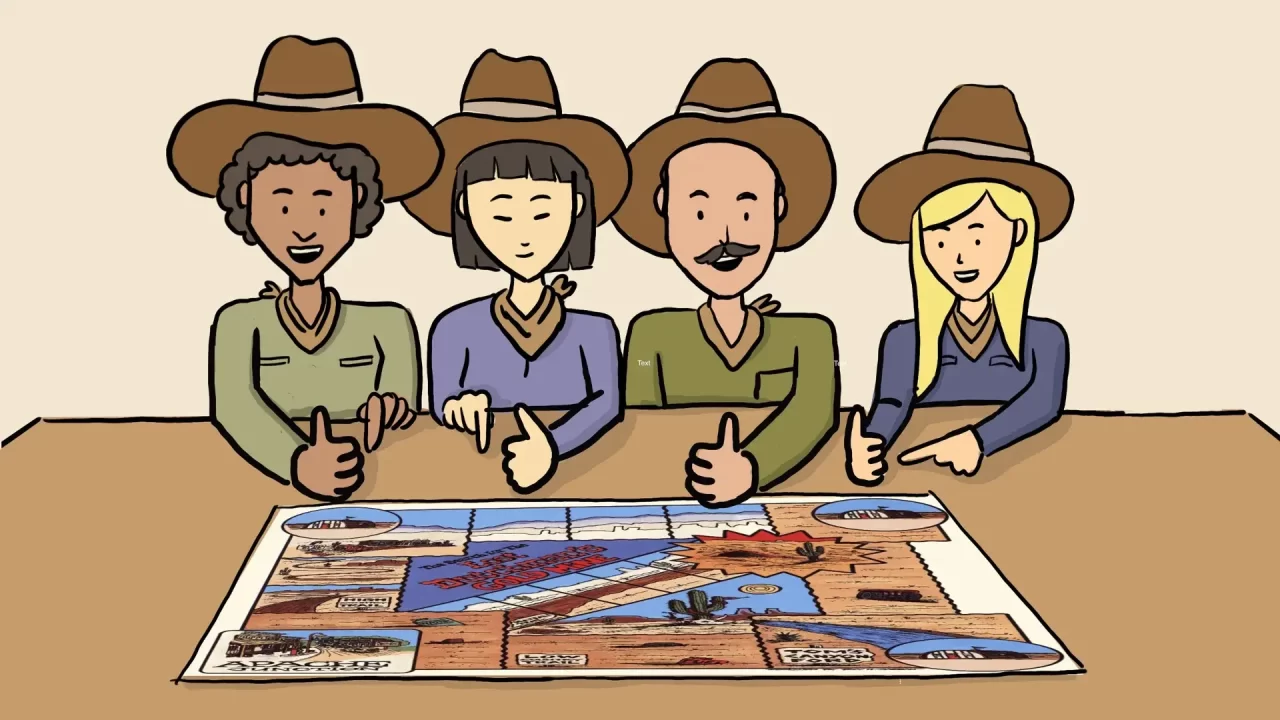According to recent data from a survey commissioned by global HR and payroll provider ADP, India has one of the world’s most resilient and engaged workforces. According to a press release from ADP, India is the world leader in workplace resilience and employee engagement, with 32% of employees feeling extremely robust to their work environment, compared to just 15% globally.
Similarly, Indian workers had the second-highest levels of employee engagement in the world, with 20% of them reporting complete engagement at work, compared to a global average of 14%. The findings are included in the ADP Research Institute’s Global Workplace Study 2020, which evaluated over 26,000 workers in 25 countries to learn how COVID-19 affected workplace resilience and employee engagement.
However, the Managing Director for ADP India, Rahul Goyal added, “The numbers suggest there is still work to be done by employers to get employees more engaged and build workplace resilience, not just for India but also internationally. To do this, employers must seek to enhance employee communication and fortify the employer-employee relationship to forge a link of trust and a shared appreciation.”
People give the impression that employee engagement is separate from how people should be managed and requires special attention. Many people treat it as if it were a separate “training program,” the manager couldn’t make a different decision or the average employee needed special treatment to feel like they were a part of the workplace, a team, or that they were working normally toward some common objectives. Some event is likely required to ruffle feathers and get things going in a more positive direction.
However, employee engagement is a choice, so, to change behavior at work, employees and managers should come up with more productive, engaging alternatives, and probably should modify their leadership behaviors as well. There is a dire need for active participation and complete involvement of the managers to help transform the company culture for good.
Why Do Organizations Lack Employee Engagement?
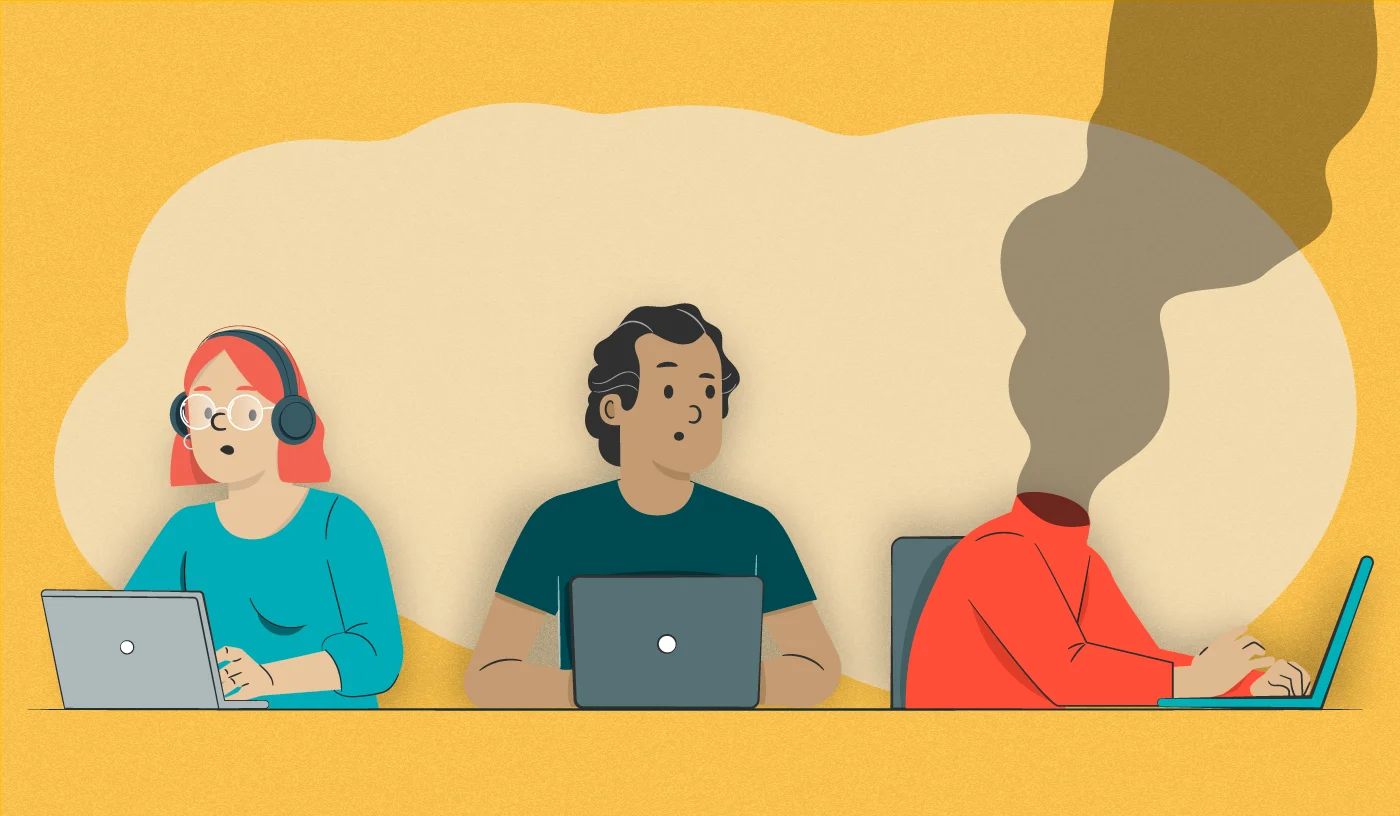
A recent Gallup employee engagement survey found that only 33% of US workers were actively engaged in their jobs in 2022. Yes, that is a slight increase from the 32% of workers employed in 2021. However, the Gallup report also said that some European organizations have an employee engagement rate of three times the regional average and more than double the global average.
Employee engagement survey says it does not fall on the parameters of being obsessed with the work or living to work only. However, it is about having explicit expectations, complete support of the team, finding purpose in your work, and above all, feeling connected to your team.
Different businesses use different approaches to achieve greater results. Workgroups can benefit from encouraging active participation and employee engagement and achieve better results.
Out of umpteen issues circling the lack of employee engagement, the main ones are their connection with their teammates and respect for their higher authorities. Then it boils down to the agreement about collaboration, expectations, and plans to work in sync, optimize impacts, and generate productive results.
How To Improve Employee Engagement?
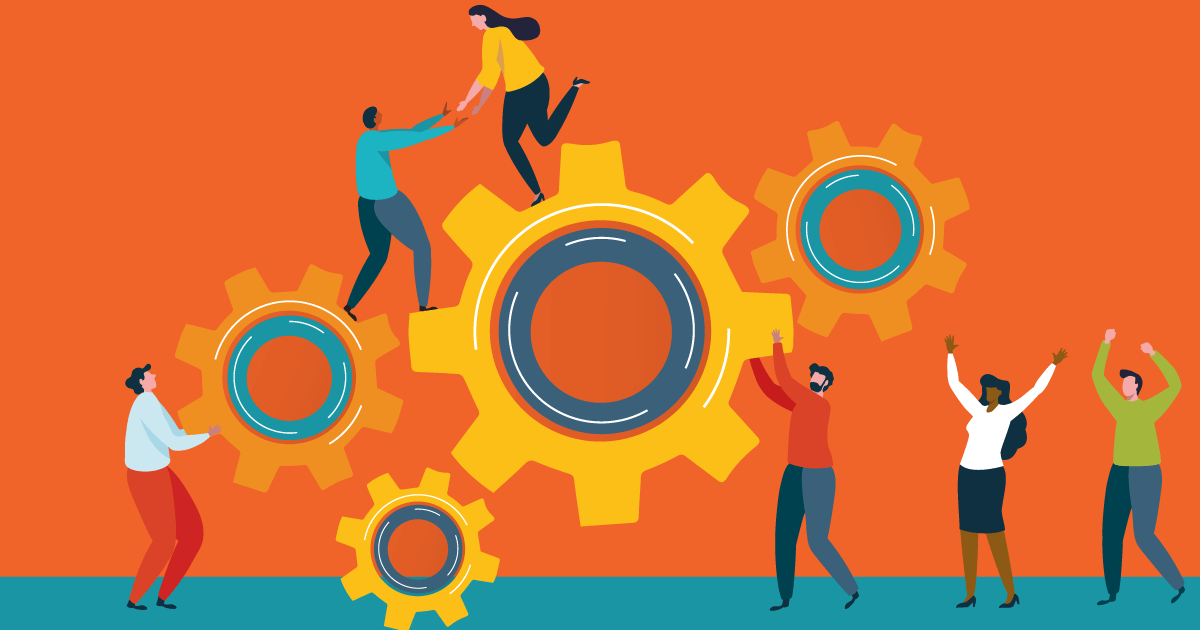
Improving employee engagement is crucial for fostering a productive and positive work environment. You want employees who are enthusiastic about their work and willing to contribute. One effective way to enhance engagement is by indulging in employee engagement activities. These activities can range from team-building exercises to professional development workshops and social events, providing employees with opportunities to connect, develop new skills, and feel more invested in the company’s mission and values. Engaged employees are good employees, and they’re the type who make the manager’s job easy. By creating a culture that prioritizes and values these employee engagement activities, organizations can boost morale, reduce turnover, and increase overall job satisfaction.
“One of the simulations or employee engagement activities that can address all the above-mentioned challenges is The Search for the Lost Dutchman’s Goldmine (LDGM).”
2008 onwards, we are supporting and playing this board game for team-building and collaboration. It allows the game’s Expedition Leader to help their teams collaborate better and keep the group’s attention on the decisions they make on workplace performance. Players get higher results if they cooperate, exchange knowledge, and try to work together. They perform worse when they compete. These messages are evident throughout gameplay and amplified during the debriefing emphasizing cultural choices.
LDGM was originally designed by Dr. Scott Simmerman, a designer of team-building games and organization improvement tools, and a Managing Partner at Performance Management Company (PMC). PMC has been selling this simulation since 1993. The game is created to significantly increase performance and active participation in enhancing the workplace culture. Its emphasis on collaboration is distinctive in the market, and we have years of experience proving its efficacy.
According to Dr. Scott Simmerman, “The goal for teams is to “Mine as much Gold as we can,” and the defined role of the Expedition Leader is to “Help teams be successful.”
A Brief About The Search for the Lost Dutchman’s Gold Mine
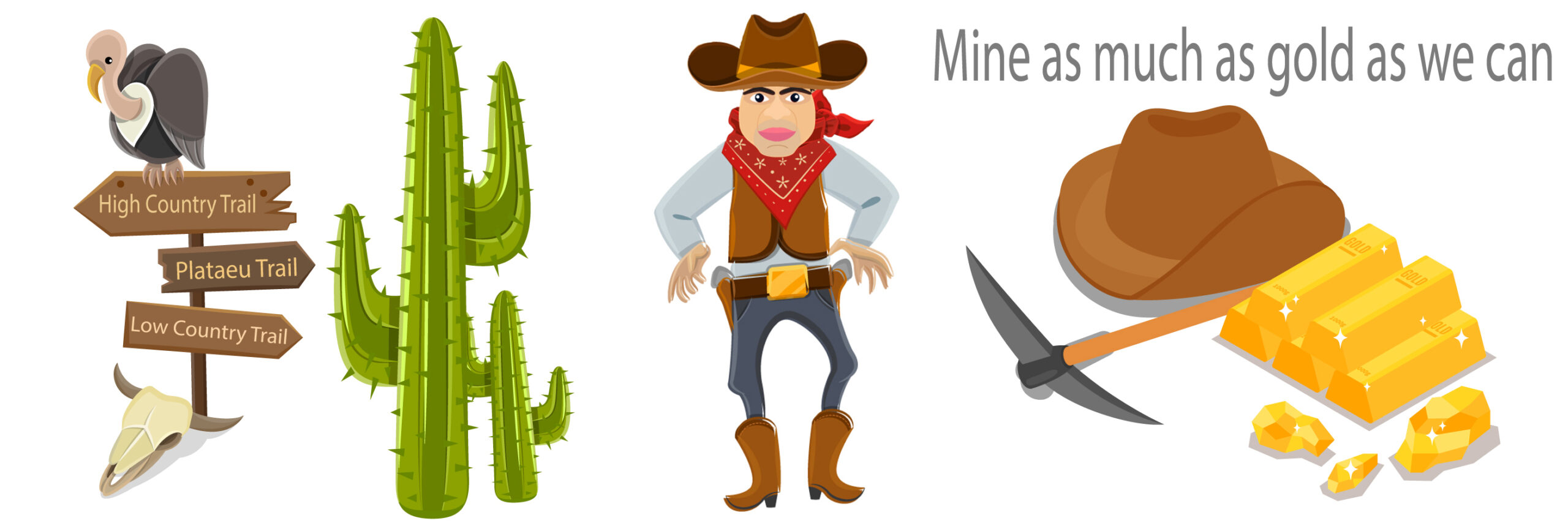
An extremely old legend claims that the Lost Dutchman Goldmine is hidden in the South Western United States of America, possibly close to Phoenix in the State of Arizona. Human brains have been fascinated by fantasies and perplexing events all around the world since the dawn of humanity. In reality, so many innovations and achievements in the domains of science, education, medicine, and information technology have their roots in this state of mind. The desire to learn more is the only thing that can help you escape the boring office life.
This employee engagement activity focuses on cooperation, collaboration, and communication. The tendency to keep information is discussed in this highly interactive activity. When collaboration is more profitable and effective, it becomes economical. As the simulation proceeds, players take advantage of the chance to play before thoroughly analyzing the situation and having a discussion about making it more engaging for everyone.
The teams must travel for 20 days in a simulated scenario to dig gold in the Arizona mountain range. Teams will be able to mine more gold for the organization depending on how well they are at putting certain vital business skills into practice. The amount of gold or goals they will achieve for the organization will directly correlate to the behaviors they exhibit and demonstrate in a controlled environment.
The teams’ objectives are straightforward: to have fun, get back to Apache Junction, and mine as much gold as possible to maximize their return on investment. The team’s success is the Expedition Leader’s responsibility, and the secret is to cooperate and have fun.
The Lost Dutchman’s Gold Mine is a fantastic exercise for developing leadership collaboration skills and teamwork that helps senior and middle management teams achieve high performance. This tabletop business game is ideal for employee engagement activities, leadership development programs, strategy sessions, sales review sessions, retreats, management development programs, and organizational development programs.
The Learnings From The Simulation
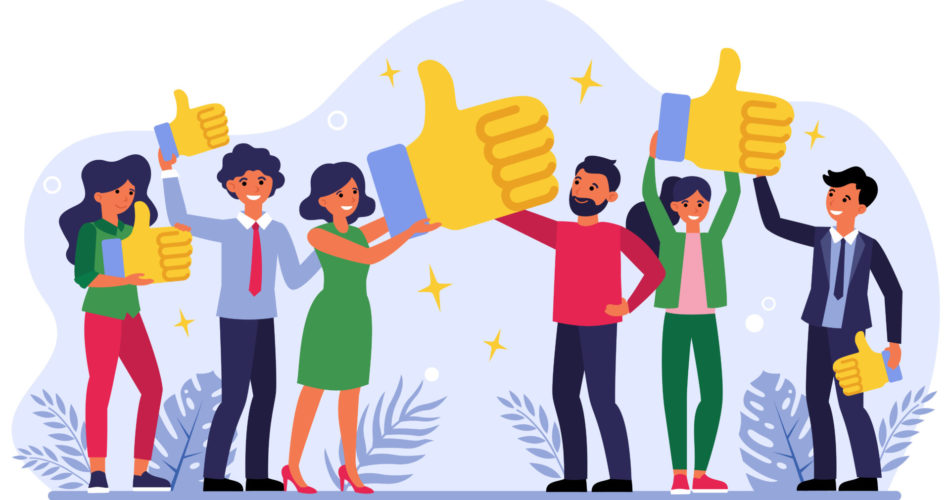
“The employees need to feel successful if the teams want to lead successfully in an organization. The ultimate success mantra is to focus on accomplishing both individual and common goals.”
Organizations value LDGM because it promotes crucial qualities like employee engagement, leadership, collaboration, and cooperation. This activity is tried and tested by the majority of firms during employee orientation, and induction, and to develop future leaders. Organizations adhere to this activity to achieve team effort, inter-team communication, and to break the silo mentality.
Inter-team Communication
It is crucial to stress this point once again if we are to execute international projects successfully and keep the goodwill of our clients. This reaffirms the relationship between customers and vendors, ensuring new projects and increased revenue.
Collaboration
Successful company collaborations across many industries depend on team efforts. If the efforts are those of a team rather than as individuals, Project Leaders and Team Leaders can be confident of successful results since the juniors will follow suit and future teams will be created on the same principles.
Boosts team performance
It enhances collaborative efforts at work because it helps the teams know one another better. The Lost Dutchman’s Gold Mine simulation helps the teams better grasp one another’s capabilities, shortcomings, and areas of interest. When the teams unveil this knowledge, there is a fair chance of more effective collaboration on future advancements that are crucial to a company.
Improves company culture
This activity can enhance your corporate culture and provide you with a chance to learn more about the preferences and requirements of your workers. Finding a middle ground is crucial to fostering a more positive atmosphere since there are instances when management culture and employee culture are at odds. Through team-building exercises, toxicity can be reduced and everyone can become more productive when working together. The advantages will undoubtedly accompany you back to work.
Bridges the gap across departments
Instead of working in silos with members of their immediate team, it encourages team members to get to know those in other departments. Organizations discover that this activity will make everyone feel more at ease at work and provide a way for new connections. Bridging those gaps enables the development of fruitful partnerships, which results in a more successful business.
Improves employee engagement and morale
Through this activity, coworkers may become more amiable, enthusiastic about their work, and more at ease approaching one another. Additionally, it might make them feel more encouraged to take a break from work and have some fun, which will allow them to come back to their work feeling renewed and revitalized. They can remove obstacles to collaboration and boost team productivity.
LDGM game format merely emphasizes that an optimizing team strategy works best, in line with the main objective of “Mining as much Gold as We Can.” Getting started in any exercise needs to be memorable, right? The goal of the game’s design is to encourage sound judgment and make it evident when methods should be modified. As a result, our board game version and our online, virtual framework for the exercise unintentionally had elegant game board designs.
You can go to the link to learn more about The Lost Dutchman’s Gold Mine –
https://squaresequel.com/lost-dutchman-goldmine/
https://squaresequel.com/lost-dutchmans-virtual/
https://www.teambuildingasia.com/teambuilding-events/team-building/lost-dutchman-goldmine
https://www.teambonding.com/6-reasons-for-team-building/
https://www.applauz.me/hubfs/How-Lack-of-Control-Drives-Employee-Burnout-%28And-How-to-Avoid-It.jpg
https://blog.basidialearning.com/wp-content/uploads/2021/10/5482-950×500.jpg
https://www.insperity.com/wp-content/uploads/Employee_engagement_1200x630-1.png
Written By: Jimmy Jain
Edited By: Afreen Fatima
Society of Design Thinking Professionals

